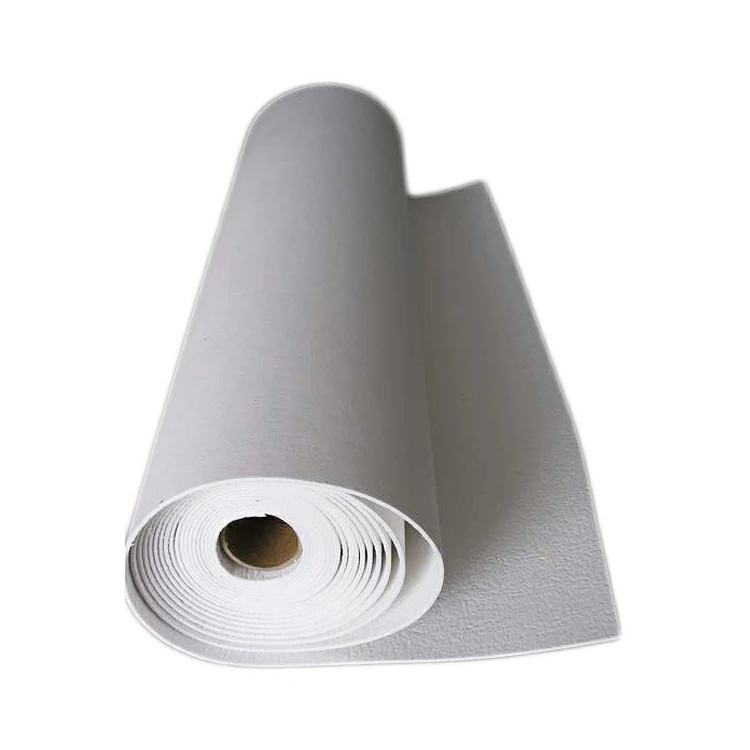Ceramic Fiber Paper is a high-temperature insulation material that offers several advantages over other insulation materials.
Here are some ways in which Ceramic Fiber Paper compares to other insulation materials:
Temperature resistance: Ceramic Fiber Paper is designed to withstand high temperatures up to 1260°C (2300°F). This makes it more temperature-resistant than many other insulation materials, such as fiberglass, which typically has a maximum temperature resistance of around 540°C (1000°F).
Thermal conductivity: Ceramic Fiber Paper has a low thermal conductivity, which means it is a more effective insulator than many other materials. For example, fiberglass has a higher thermal conductivity than Ceramic Fiber Paper, which means it transfers heat more easily.
Weight and flexibility: Ceramic Fiber Paper is lightweight and flexible, which makes it easy to handle and install. Other insulation materials, such as concrete or brick, are heavier and more difficult to work with.
Durability: Ceramic Fiber Paper is a durable material that can withstand thermal shock and exposure to most chemicals. It is also fireproof and can be used in fireproof seals and gaskets. Other insulation materials, such as foam or cellulose, may be less durable and more prone to damage.
Cost: Ceramic Fiber Paper is generally more expensive than other insulation materials, such as fiberglass or foam. However, it is often more effective and longer-lasting, which can make it a more cost-effective choice in the long run.
Overall, Ceramic Fiber Paper offers several advantages over other insulation materials, particularly when it comes to high-temperature applications. 1260C Ceramic Fiber Paper Fireproof Seals Gasket Its low thermal conductivity, high temperature resistance, lightweight and flexible nature, and durability make it a popular choice for industrial applications such as furnaces, kilns, and boilers.
What are some disadvantages of Ceramic Fiber Paper compared to other insulation materials?
While Ceramic Fiber Paper has many advantages over other insulation materials, there are also some disadvantages to using it.
Here are some of the potential drawbacks of Ceramic Fiber Paper:
Health risks: Ceramic Fiber Paper can be hazardous if inhaled, as it can cause respiratory problems. It is important to wear proper protective gear, such as a respirator, when handling Ceramic Fiber Paper.
Fragility: Ceramic Fiber Paper can be fragile and may tear or break if mishandled. This can make it more difficult to work with compared to other insulation materials, such as fiberglass or foam.
Limited use in some applications: Ceramic Fiber Paper may not be suitable for all applications, particularly those that require a high degree of compressive strength or impact resistance. In these cases, other insulation materials such as foam or rigid board may be more appropriate.
Cost: Ceramic Fiber Paper is generally more expensive than other insulation materials such as fiberglass or foam. This can make it less cost-effective for some applications.
Environmental concerns: Ceramic Fiber Paper is not an environmentally friendly material, as it is made from non-renewable resources and can release harmful emissions during production.
Overall, Ceramic Fiber Paper is a high-quality insulation material that is well-suited for many high-temperature applications. However, it may not be the best choice for all situations, particularly those that require high compressive strength or impact resistance. Additionally, its health risks and environmental concerns should be carefully considered before use.
